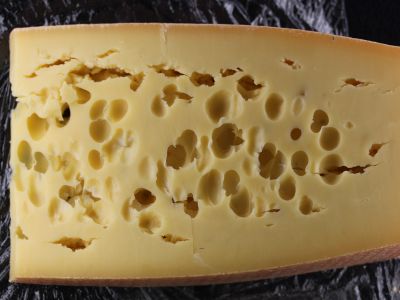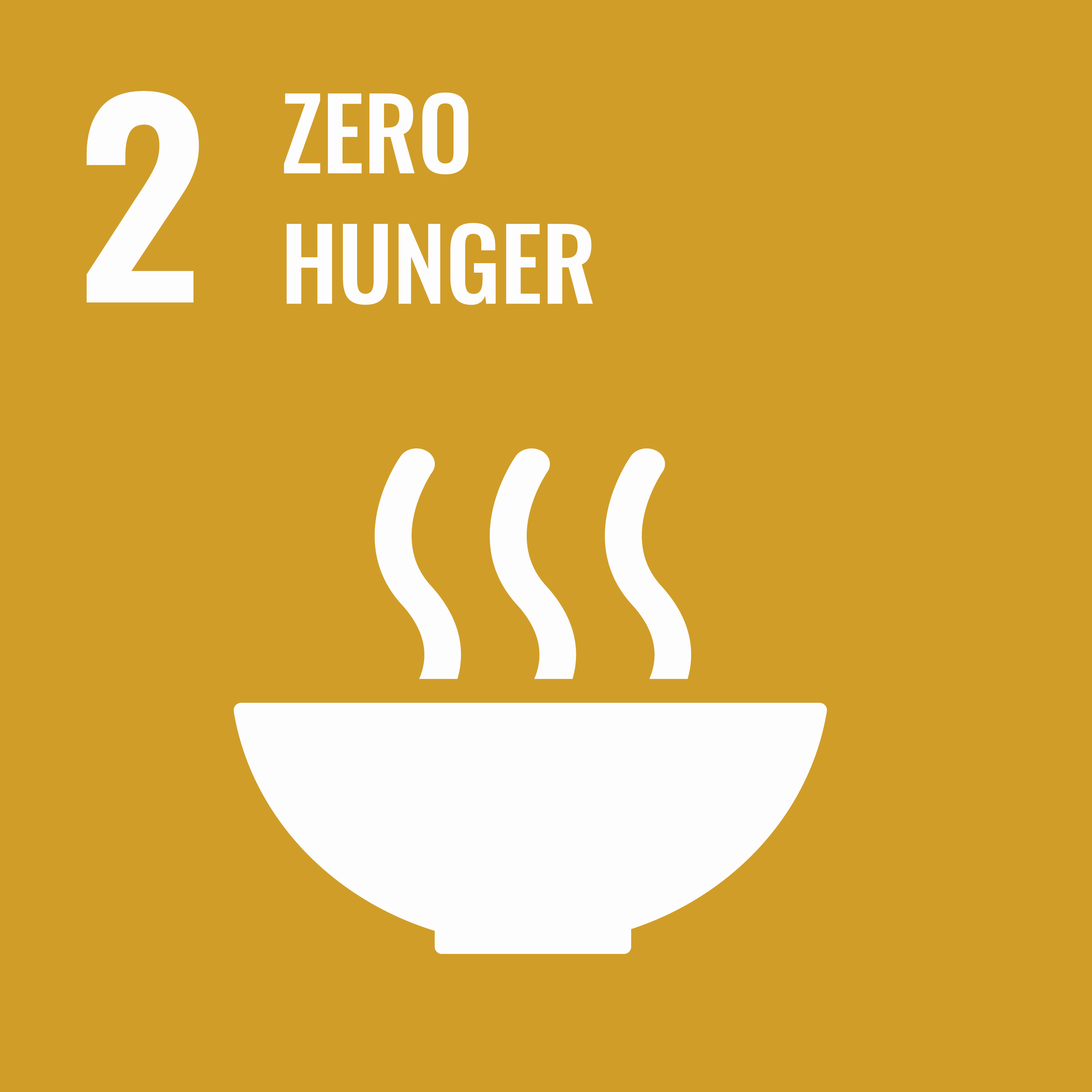CLOSTRIDIA - A SEVERE CHALLENGE FOR HARD CHEESE PRODUCERS
Using modern analytics to combat clostridial contamination of cheese milk

AMP6000 method (SY-LAB) for the enumeration of clostridial endospores in milk
Picture: Tamara Rudavsky

Cheese with pronounced blowing defects
Picture: Johanna Burtscher

Swab sampling of cow teat skin
Picture: Tamara Rudavsky
Bacteria and their metabolism play an essential role during cheese production and ripening – but unfortunately not all of them. During the ripening of hard and semi-hard cheeses, which takes several weeks to months, some bacteria form undesirable metabolic products that lead to severe spoilage and unsaleable cheese batches. Particularly serious quality defects are caused by the butyric acid fermentation of spore-forming clostridia.
Bacterial spores are inactive, non-reproductive structures that are highly resistant to environmental influences such as heat, cold, dehydration, radiation or chemicals. They are formed by the bacteria in response to unfavourable conditions. Under favourable environmental conditions - for example during cheese ripening - these spores become active bacteria that multiply in the cheese mass and produce large amounts of gas and organic acids - such as butyric acid - leading to undesirable cracks and holes as well as a rancid taste.
Clostridial spores can already enter raw milk from the barn environment during milking and are not inactivated during pasteurisation due to their heat resistance. The only way to prevent contamination of cheese milk with clostridia and their spores is to take hygienic measures in the barn and during milking. However, the exact pathways by which clostridia enter cheese production are still poorly understood.
The aim of this project is to get a deeper understanding of the occurrence and diversity of clostridia both in the barn and in the production area by applying modern analytical methods, among them genetic characterisation. In addition, characteristic features of the bacterium Clostridium tyrobutyricum, one of the main causative agents of cheese spoilage, shall be elucidated. The improved data situation will ultimately contribute to the identification of relevant measures to prevent clostridial contamination and to ensure and improve hard cheese quality.
Lead Researcher:

Ass.Prof. Dr. Johanna Burtscher
Deputy Head of Institute
Institute of Food Science,
University of Natural Resources and Life Sciences, Vienna
+43 1 47654-75456
www.boku.ac.at


